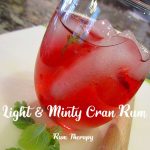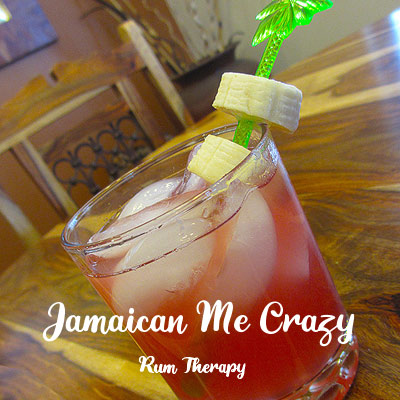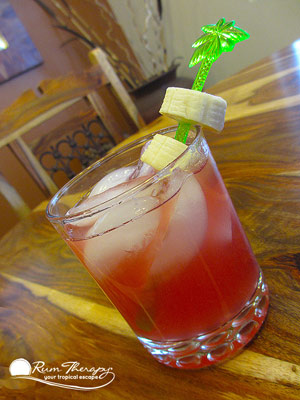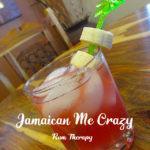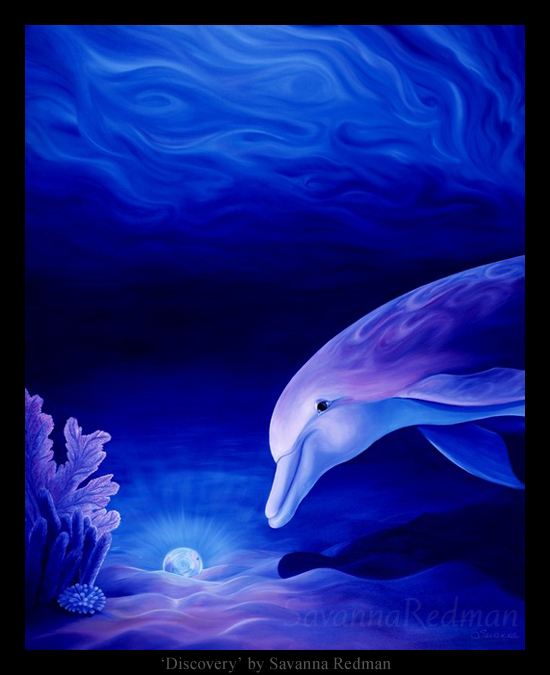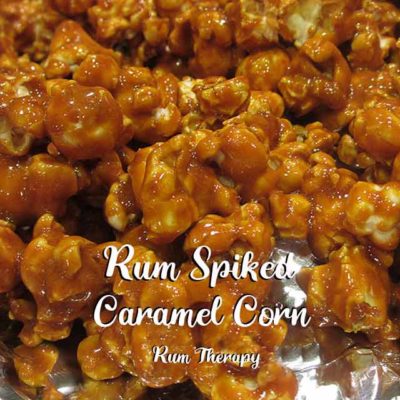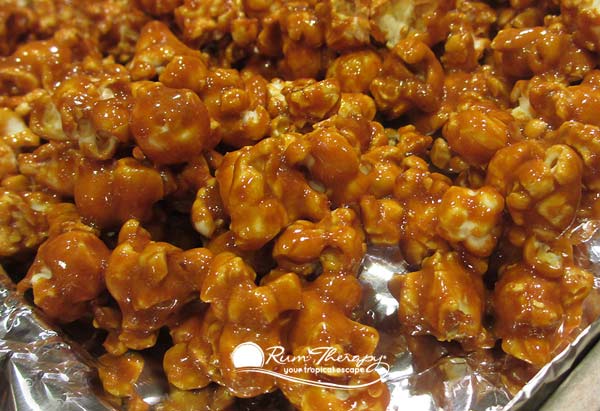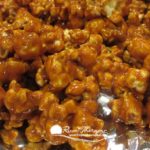We’ve learned so much and had such fun writing articles for our series “Making Your Tropical Obsession Your Profession” due in a big part to the interesting folks that we’ve been privileged to meet and write about. Our friend Susan at The Limin’ House on Tortola emailed us recently to tell us about an amazing artist on Tortola in the British Virgin Islands that certainly fit the MO for making her tropical obsession her profession, so we contacted this artist to ask about her story. What we learned is that she is a total free spirit, follows her heart, is extremely talented and gets to live and work on beautiful Tortola!
Read on to find out more about the Art & Soul of artist Savanna Redman.
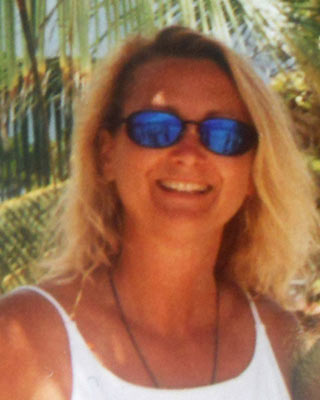
1. Please tell us a little about yourself.
I’d been visiting the BVI on and off for 20 years or so while living in Honduras, Belize and most recently Thailand. I moved to Tortola in 2005.
I love the Caribbean Sea, its colors, motions and moods, when I’m away from shore, feeling the sea under me: my bones melt. Snorkeling, diving, boating (in anything from a kayak to a ship), seeing reef fish, dolphins, turtles, shorebirds… It’s my heaven. When I’m not focusing on the pretty blue, I enjoy hiking in rainforest areas and experiencing the wildlife there.
All of these experiences filter through my dreams and bloom, in some creative way. On rainy days, there’s always a good book or the sketchpad and the hammock waiting. There’s so much to enjoy in the BVI.
I was shocked once when a visitor whined, “There’s nothing to do here! I’m going insane!” To her nothing was the lack of malls, nightclubs and fast food chains… and she was going cold turkey off-line offshore. Even seeing turtles in a bay and dolphins playing off the bow wave didn’t impress her, she said, she’d seen it all on TV. When her holiday was up, we happily drove her to the airport. Misery may love company, but not in the close confines of a small boat. It made me realize how different our basic needs for contentment and happiness can be. I don’t miss, what she desperately needed. Island life isn’t for everyone.
2. Tell us about your art. Were you trained in a certain medium?
I grew up with creative parents; I had a brush in my hand and was tent-camping, before I could walk. Wildlife and a sketchbook arrived together as a package. My favorite mediums have always been watercolor, ink, and oil on canvas, though I enjoy sculpt too, and have worked in nearly every medium out there, but my soul’s stayed splattered with paint.
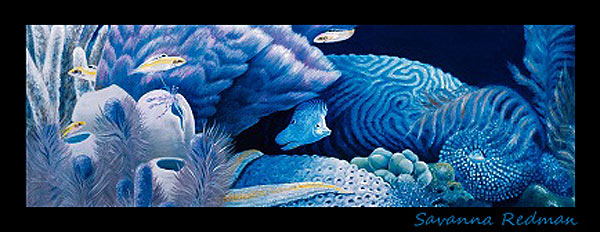
Each creative project comes to me in its own required medium, and each medium for a different reason. My large wildlife paintings are in oil on canvas so the veils and layers of color can shine with a depth that is impossible in other media and I love painting large, some were mural-size 8’x10’. When I’m painting I step into a different dimension, but painting large is even more so, I feel like Alice, with my peripheral vision inside the canvas edges, when I step away at the end of the day it feels more like stepping out of it. Pretty cool when it’s an underwater scene, and I’ve been in the depths all day with colorful fish, corals and dolphins: without a tank.
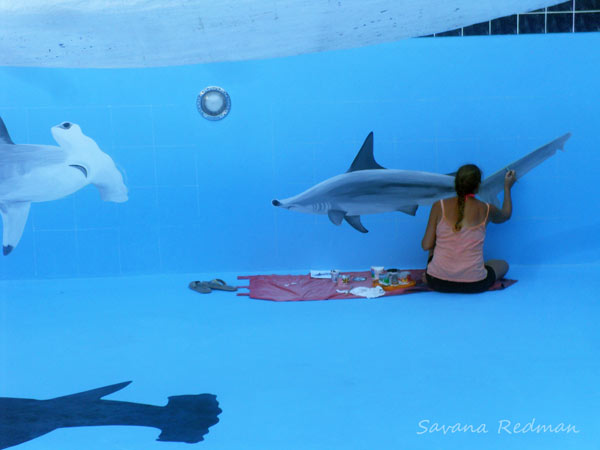
Savanna painting a mural in a pool at the Tamarind Club Hotel, Tortola
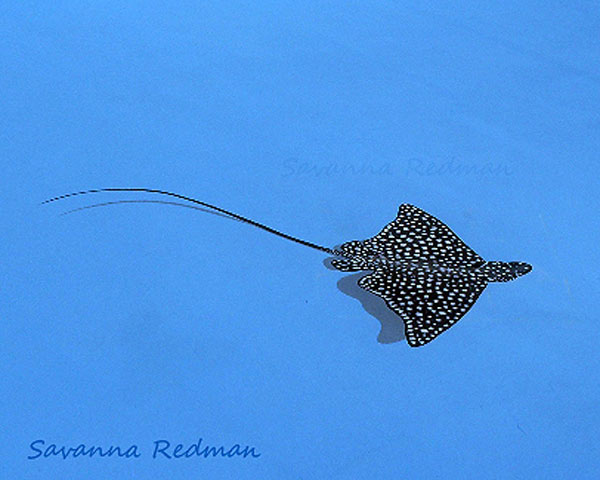
Finished ray on the bottom of the pool at the Tamarind before adding water…
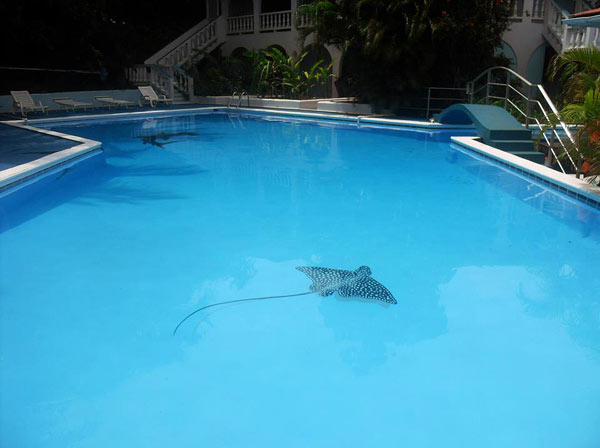
After filling the pool with water…
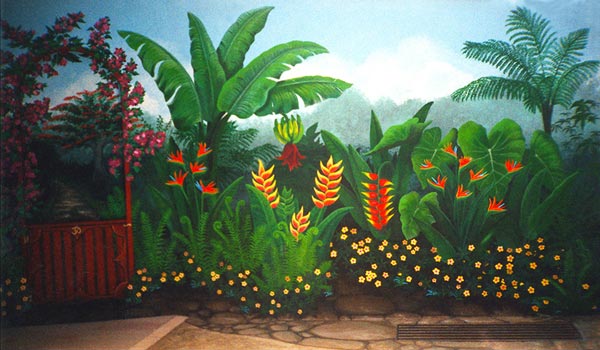
Mural by Savanna at Megan’s Bay, St. Thomas
My nautical charts are drawn in ink; creating fine detail (that’s impossible with a brush), embellishing them in an old world style with mermaids and sea monsters, and then finishing them with light layers of wash. I’ve always loved old maps but the information was usually wrong. I wanted the style and charm of the old charts, with the islands and ports correctly named to reflect where I’d been diving and sailing. I also love all the doodling in ink, where I can fill every scrap of space with a detail representing the flavor of that particular place.
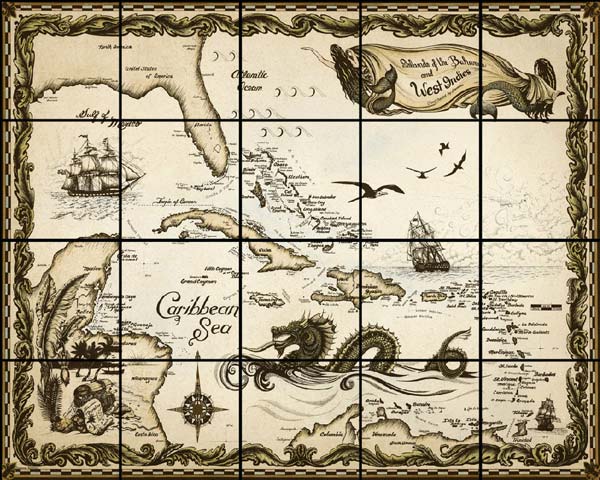
Caribbean Nautical Chart by Savanna done as a Custom Tile Mural
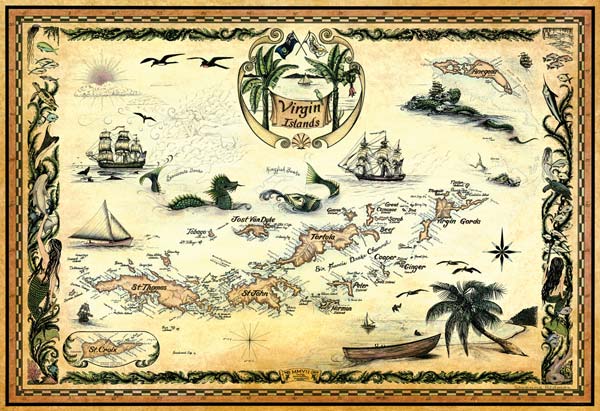
Virgin Islands Nautical Chart by Savanna Redman
For the Chart of the Virgin Islands, I included the locally built Sloop and British and American sailing ships from the late 1700’s to 1800’s and their flags, and game fish are woven into the borders with reef fish, dolphins and mermaids. I enjoy the process of pulling history into a modern decorative chart. And the direction the work grows, my series of mermaids spun off the mermaids I created for the charts.
Watercolor is liquid light. I use it when I’m working on location, or painting something has come to me in a dream that requires it, like the Queen Conch Shell. Its pink contrasting with the turquoise sea was irresistible and to me the painting wouldn’t have worked in any other medium.
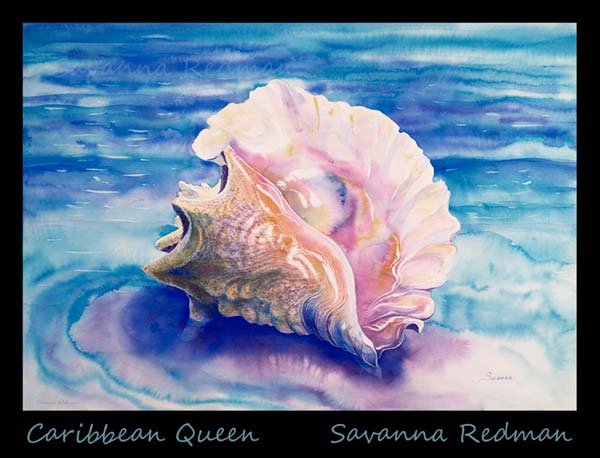
I dream painting. My experiences filter through dreams. I know the story, the scene, and see the final painting or drawing before I’ve created it. Since I was a kid, I’ve always believed it was my job is to produce what my dreams presented.
3. What is the inspiration for your art? What are your favorite creations? I dream painting. My experiences filter through dreams. I know the story, the scene, and see the final painting or drawing before I’ve created it. Since I was a kid, I’ve always believed it was my job is to produce what my dreams presented. Nature and wildlife primarily, reef to rainforest. However, my loves of travel, and hobby of archaeology, trickle into the mix. I find ancient art and symbolism irresistible.
Artwork is study and practice, for life. With every drawing, I learn, and with every painting, I evolve. When I look back on any piece that’s over a month old, I see flaws, or what I could have done better, but I learn from the process – not the finished piece. Like life, the journey is the destination.
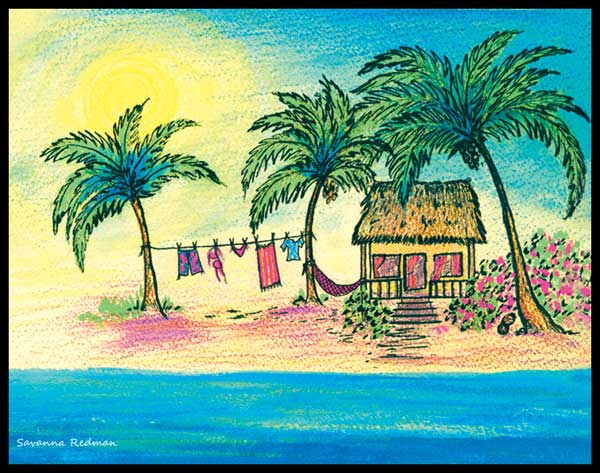
Beach House – Savanna Redman
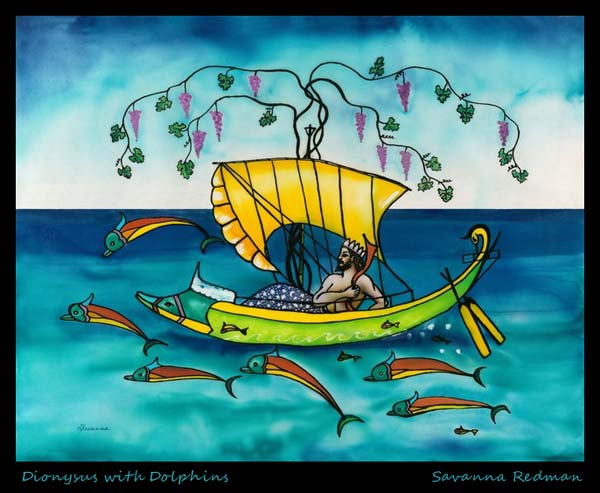
Dionysus with Dolphins – Savanna Redman
I’ve always found it is impossible to predict what will sell, what will be treasure or trash to a gallery owner. What I have learned is, if I’m in love with the moment, in love with what I’m creating and it’s a vision, telling its own story; kindred spirits will find it like magnets to steel and feel it on a cellular level, through their own experiences, it touches a cord and they connect.
My clients have more options now than they did 10 years ago, via the internet, several sizes, paper or stretched canvas and even ceramic tile and glass that can be installed in a shower, backsplash or in the pool (I find that surreal, a watercolor or silk painting in a pool). And I adore the web for opened more doors to kindred spirits, they tell me what they like and why. When working solely with galleries and doing exhibits, I rarely knew who bought a piece or why, now I receive e-mails, tweets, comments, and even photos of the artwork in their homes. I treasure those connections.
4. How is it to live on Tortola? What do you especially like about the island?
I love living here, but I’ll admit I’m a natural born tree hugger and the country has changed a lot in the last 20 years. I wish the government’s focus were on saving and promoting the islands natural resources (rather than attracting more cruise ships, mega yachts and large property developments). I believe, creating nature reserves, taking sea turtles off the seasonal fishing and hunting list, protecting the reef from run-off from drains, sewage and construction sites, would be better for the island’s future. And, I believe a bonus for the local economy, would be an expanding tourism, focused on the beauty and nature. With every election, there is hope for a positive, environmentally-aware change.
The BVI is a beautiful place to live – but it can be like the box of chocolates (to steal a line from Mr. Gump), you never know what you’re going to get. Some days the place is picture-perfect, easy, laid back, absolute paradise. The next day, the electricity is off, the cistern’s leaked dry, the phone and DSL is off, or the island has run out of coffee. You just never know. I advise friends that are considering a move to the Caribbean to read Herman Wouk’s Don’t Stop the Carnival, it’s fiction, it’s old, it’s funny and light, but it has a strong thread of truth about the underbelly of island life. And, if they can arrive with a suitcase of patience and a sturdy sense of humor, they’ll survive, and maybe even thrive.
5. If you did not grow up on Tortola, was it an easy transition to move and live there?
I love traveling, and exploring different cultures. I moved back to the Caribbean after living in Thailand. The British Virgins are a lovely place to sail and dive, so my plan was to spend a few days visiting friends, then head back toward the East Coast of Central America and fall in love with a new island, but after a few days, I decided to stay. That was in 2002. I applied for my trade license, as an independent/sole proprietor – to create and sell artwork. Then I left to travel, coming back occasionally to see how the progress was going. Mid 2005, my papers were approved and the immigrations and work permit were stamped in my passport, permitting me to stay.
Every place has it’s yang to its beautiful paradise-yin. The BVI is no exception. Probably the toughest thing here is to get approval to start a business or to be self-employed. The immigration law in BVI is; you cannot be living in the country while your work papers or trade license are in for review. This process is usually lengthy and there are no guarantees. Many people go through the process, only to discover six months or a year after they move down, that island-life is nothing like they’d experienced on their holiday, pack up, and leave. It’s always sad to see. This isn’t limited to the BVI. Belize, Costa Rica and many other countries have taken a firmer line toward new residents, retired or self-employed.
6. What are the challenges of living on an island?
I’ve lived in smaller places with more galleries and gift shops, and larger places with fewer, so I guess the challenge as a self-supporting artist, has always been to find the best way to get my work seen by the public, given the local formula.
Thinking outside of the box is required. In the BVI, with the wonderful sea breeze, most shops have more windows than walls, so my artwork is scattered around the island at small shops, restaurants, hotels, wherever wall space is available. The larger paintings are only available as Giclee prints online.
7. Anything else we should know about Savanna Redman, the artist?
I believe, doing what you love, can change life in ways unimagined.
I sometimes step out side the studio and shift gears, painting a mural on a wall or in a swimming pool. Recently, I’ve been sculpting more, creating silver jewelry using the lost wax method of casting and playing with fire. I don’t believe it will ever replace my paints or ink work, but I’m enjoying the heck out of sculpting tiny wildlife pieces and other Caribbean inspired jewelry, like the wild Tamarind seed bracelet and a Rastafarian Lion (for my Rasta friends scattered around the world – one love!). Working in a different direction for a few days always refreshes my creative energy.
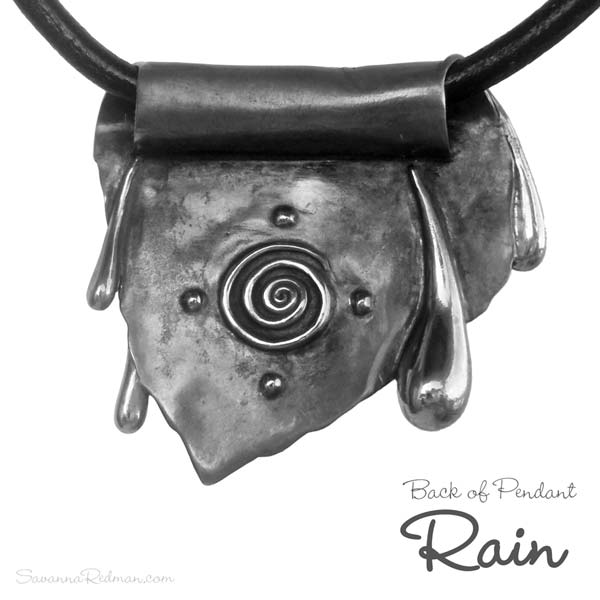
I enjoy connecting with those that share similar passions.
…find me through my website, Facebook, Twitter and at my blog, ‘Thorny Trails of a Creative Life’
Website – SavannaRedman.com
Twitter – @SavannaRedman
Facebook.com/s.redman.art
A quote I believe –
All true Art must help the soul realize the inner self. True Art must be evidence of happiness, contentment and spirituality of its authors.” – Gandhi
Find other posts on Making Your Tropical Obsession Your Profession
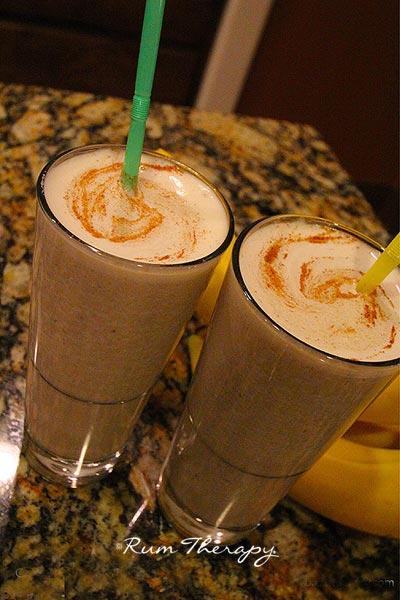
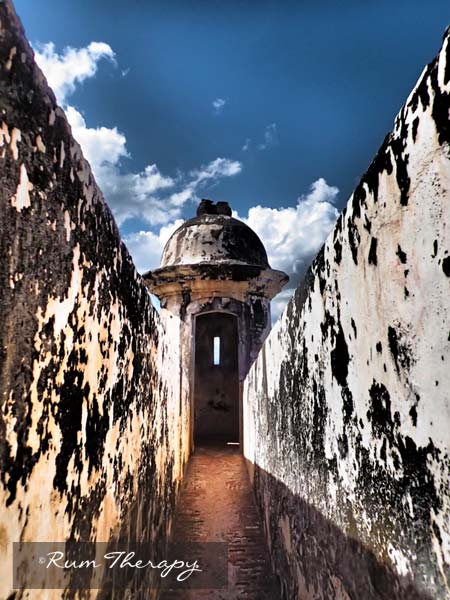
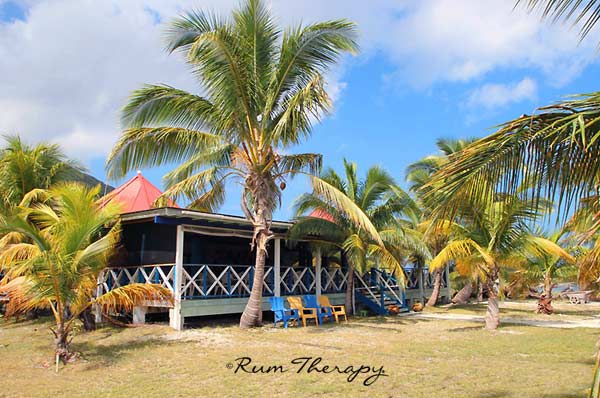
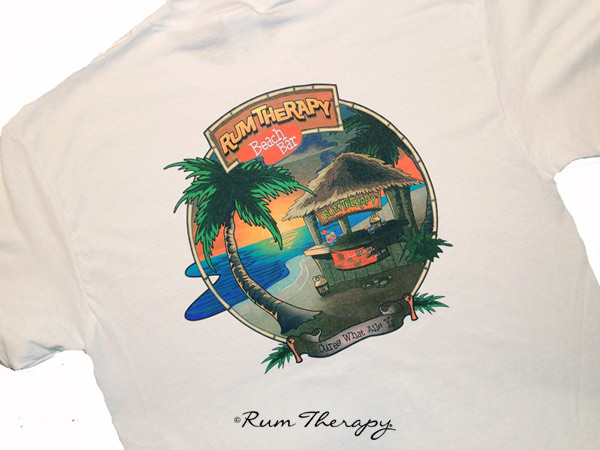
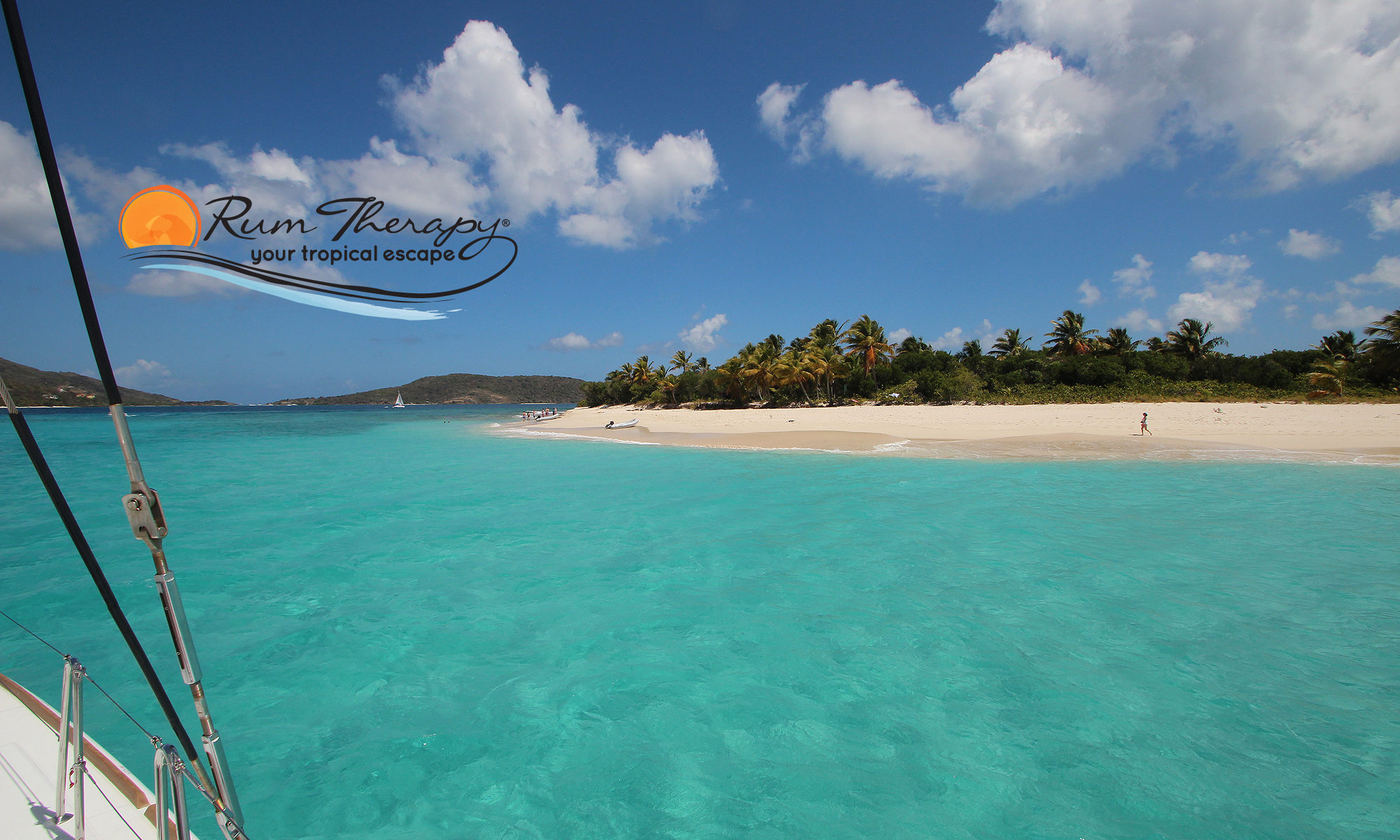
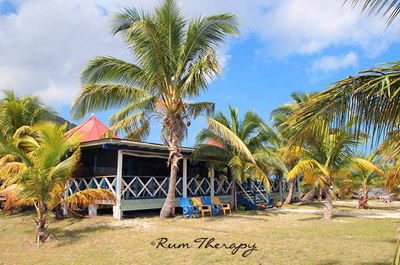
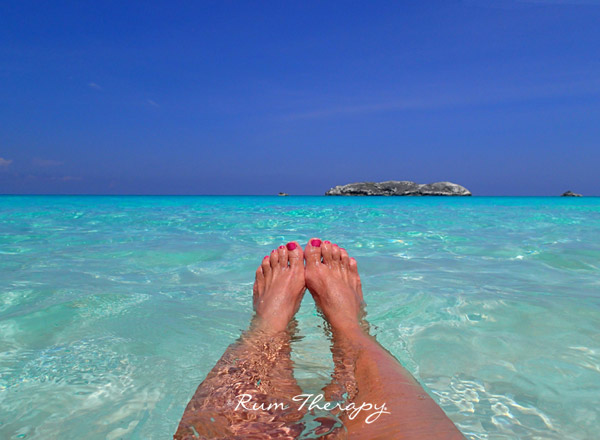
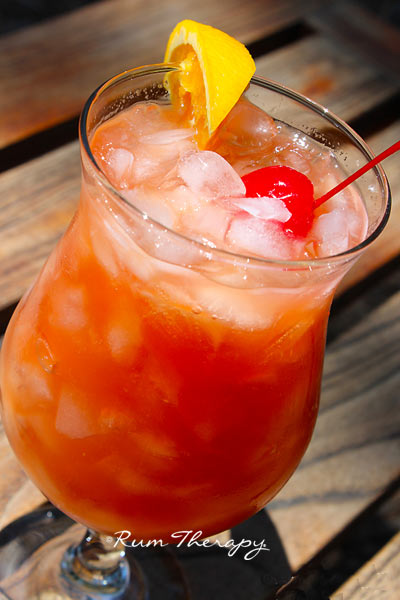
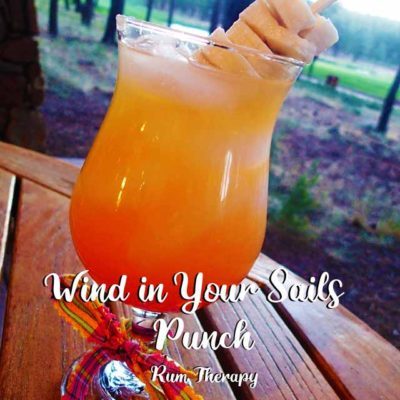
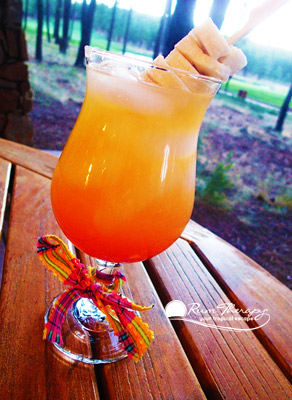
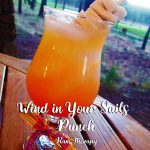
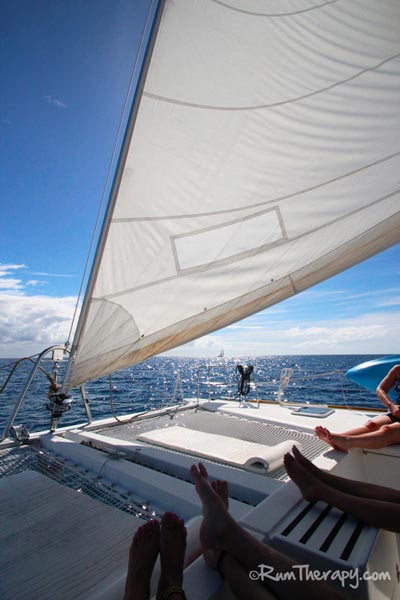
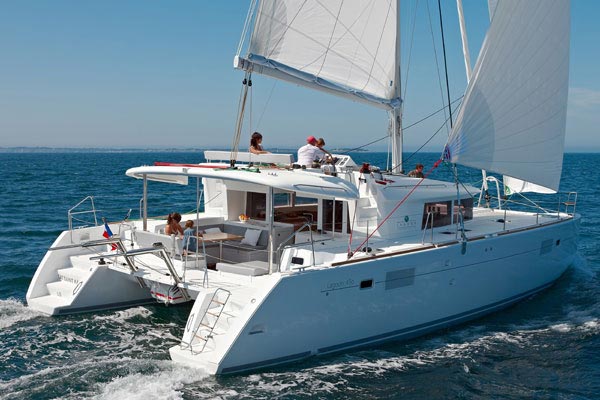
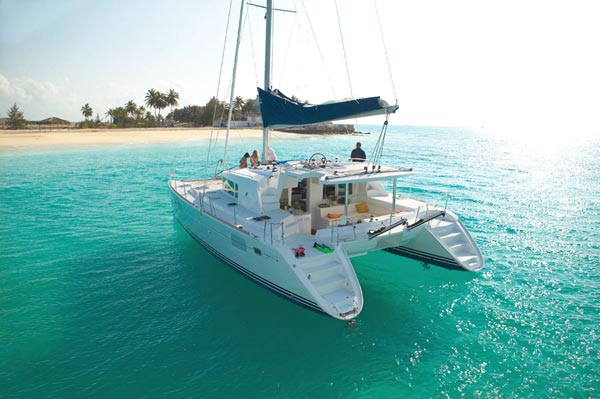
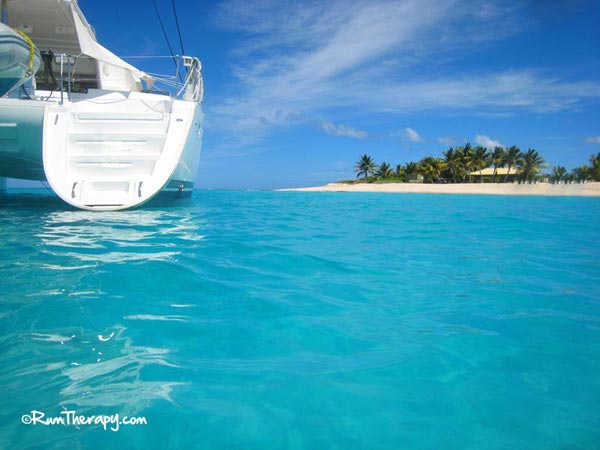
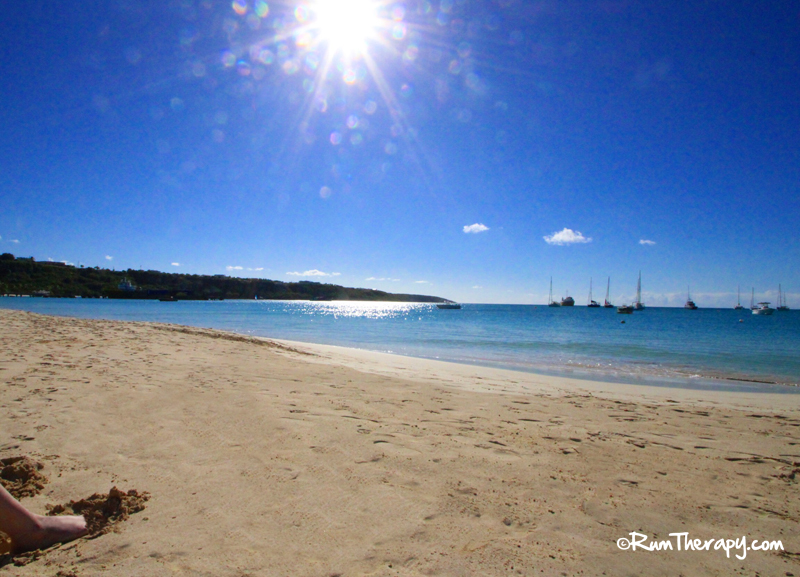

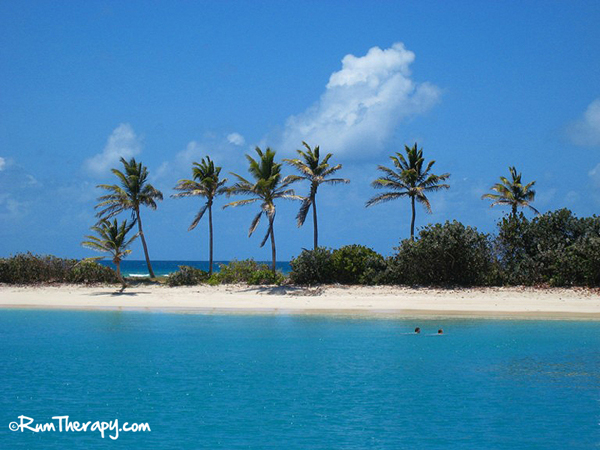

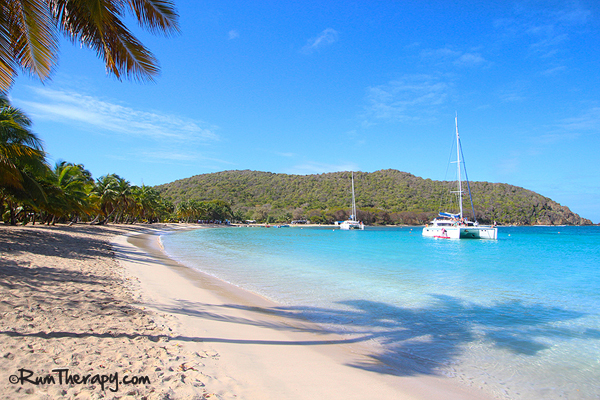

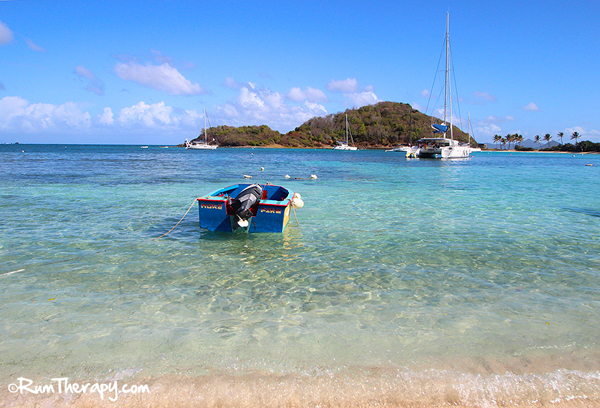
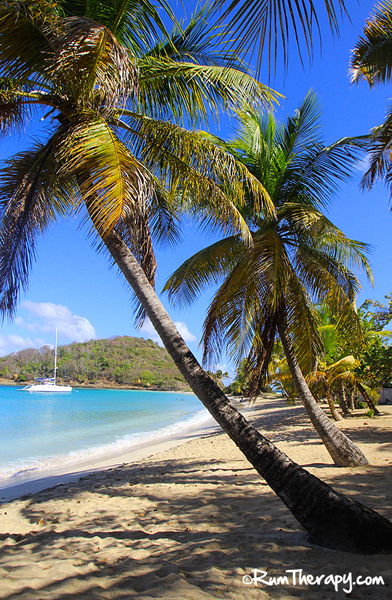
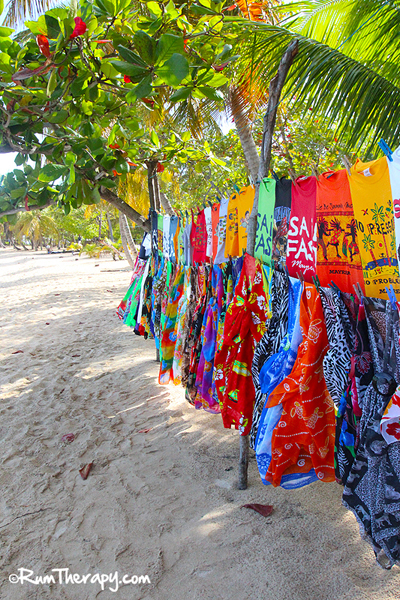
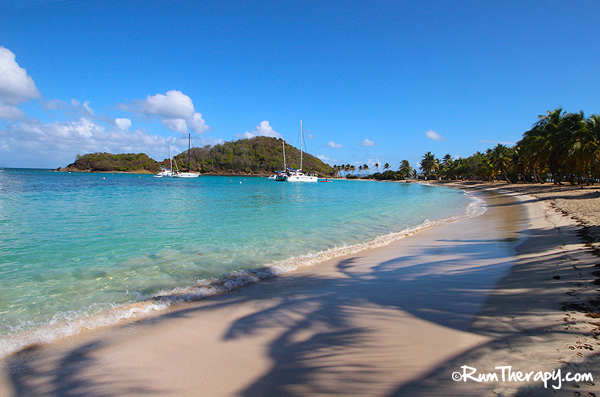
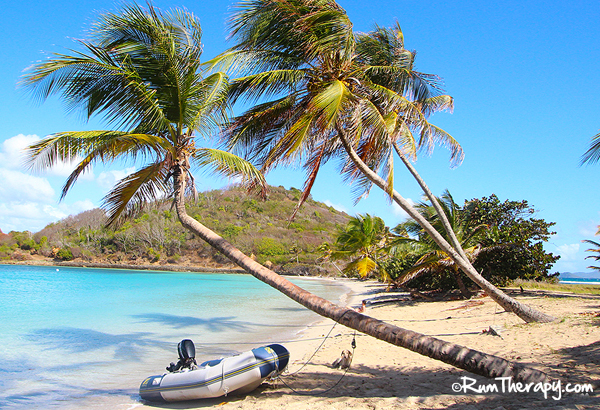
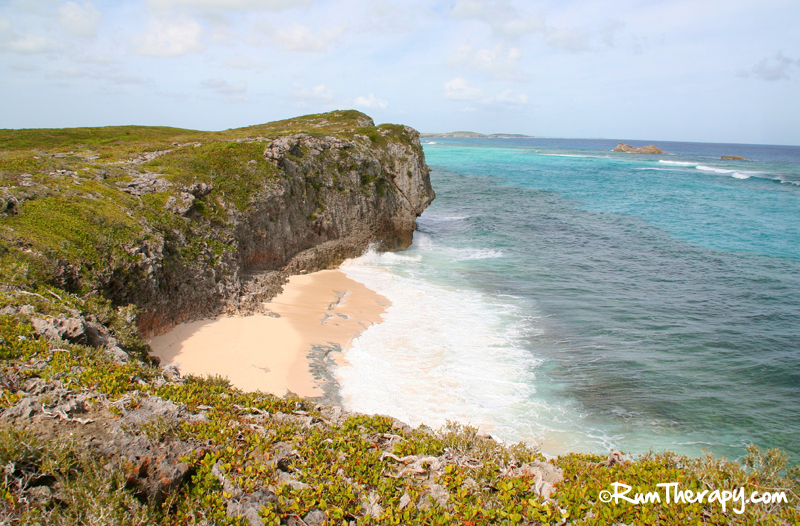
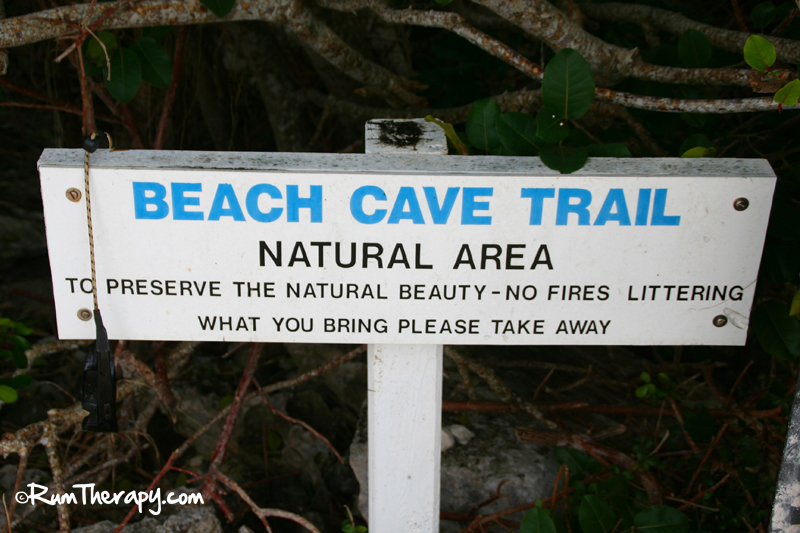
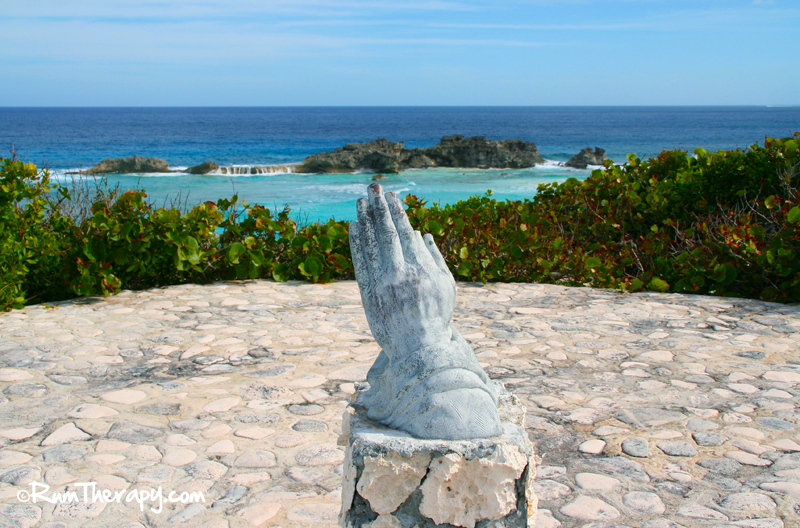


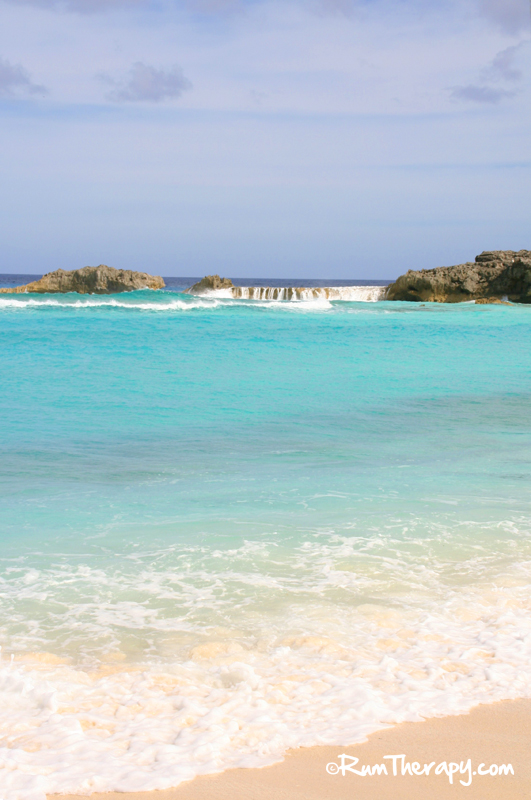
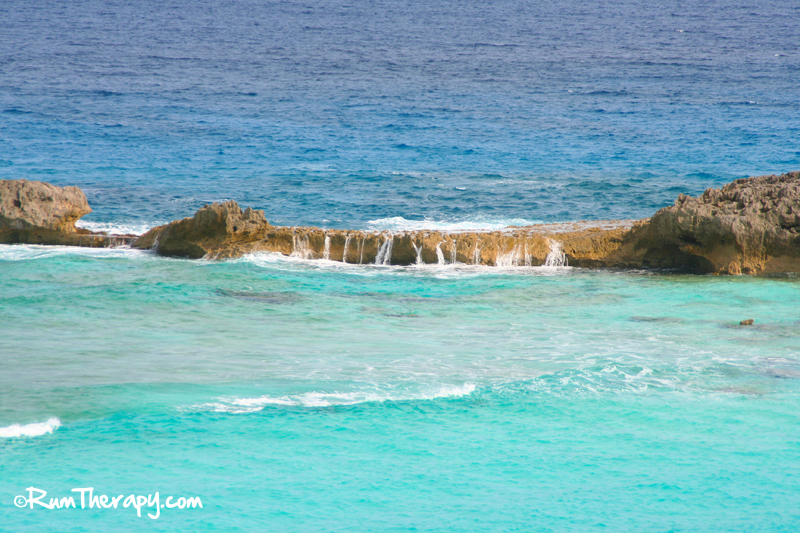

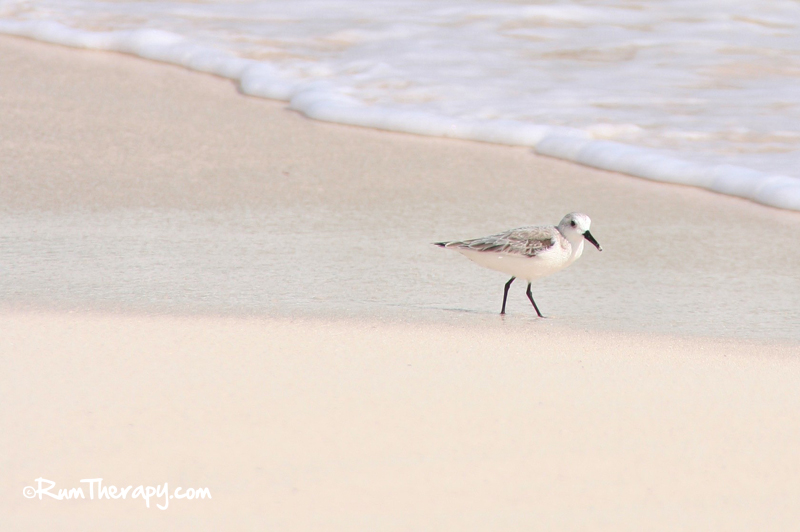
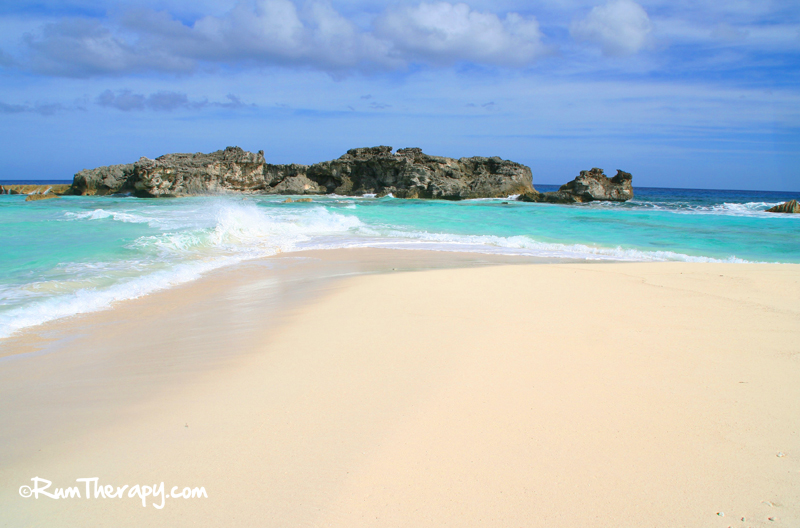
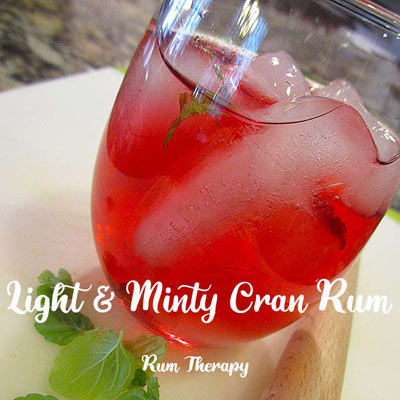
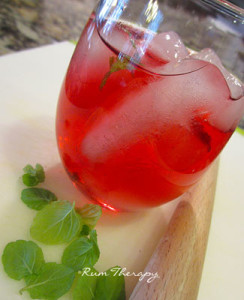 Like the taste of tart and tangy cranberry? If so, you might enjoy the taste of this easy, light and refreshing cocktail. No sugar added to this one, so it’s not an overly sweet combination. I love the addition of the mint which adds a bit of freshness to the mix.
Like the taste of tart and tangy cranberry? If so, you might enjoy the taste of this easy, light and refreshing cocktail. No sugar added to this one, so it’s not an overly sweet combination. I love the addition of the mint which adds a bit of freshness to the mix.